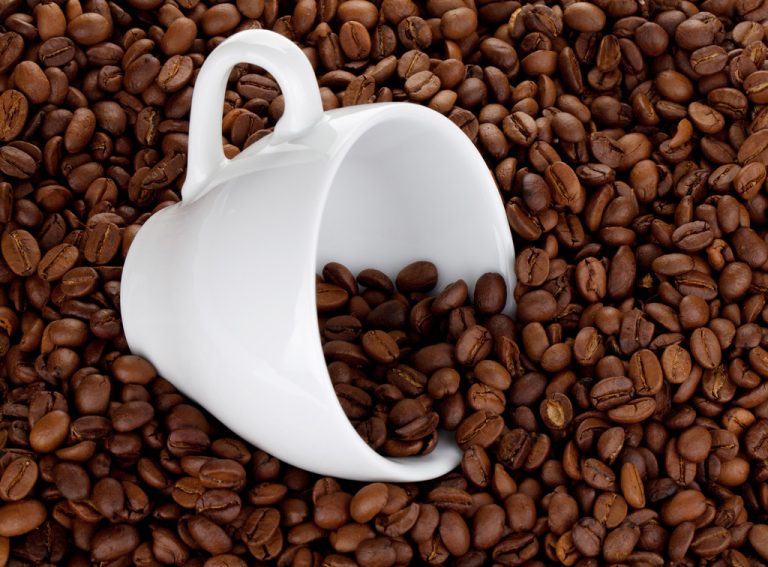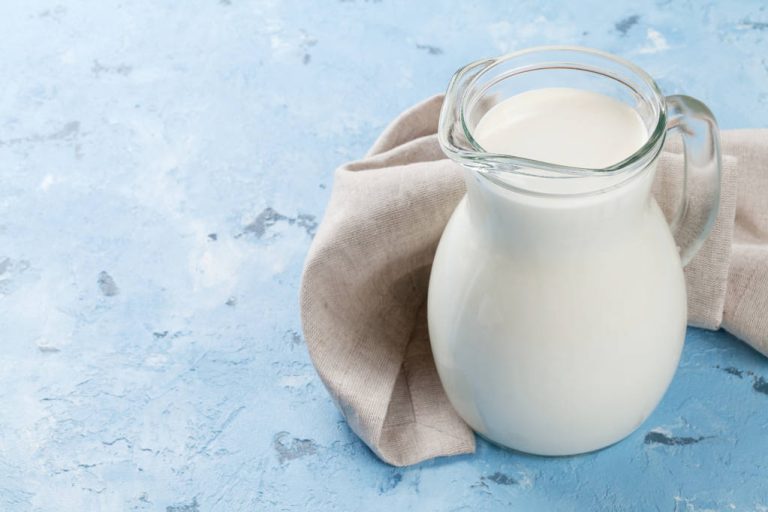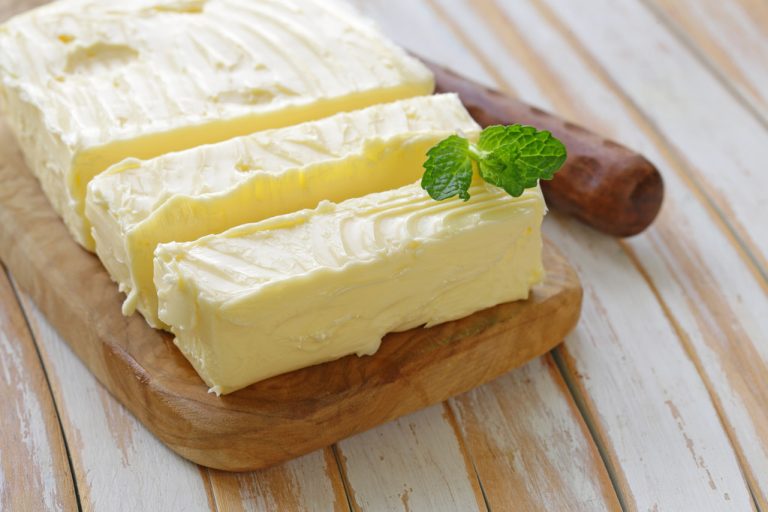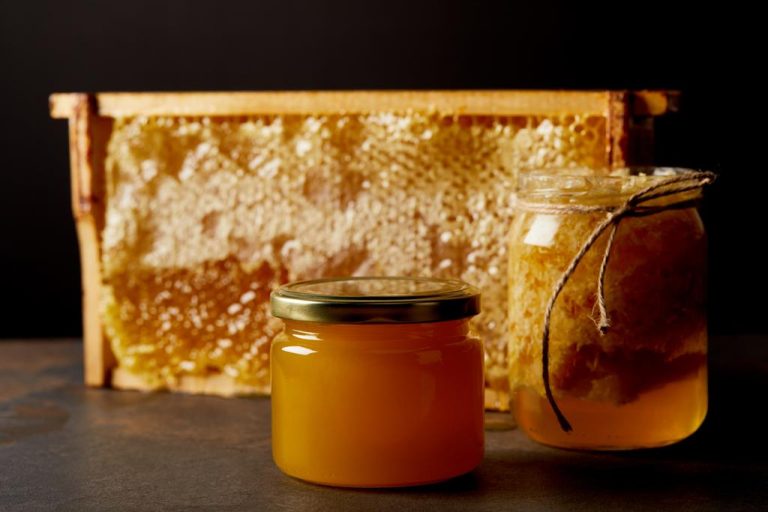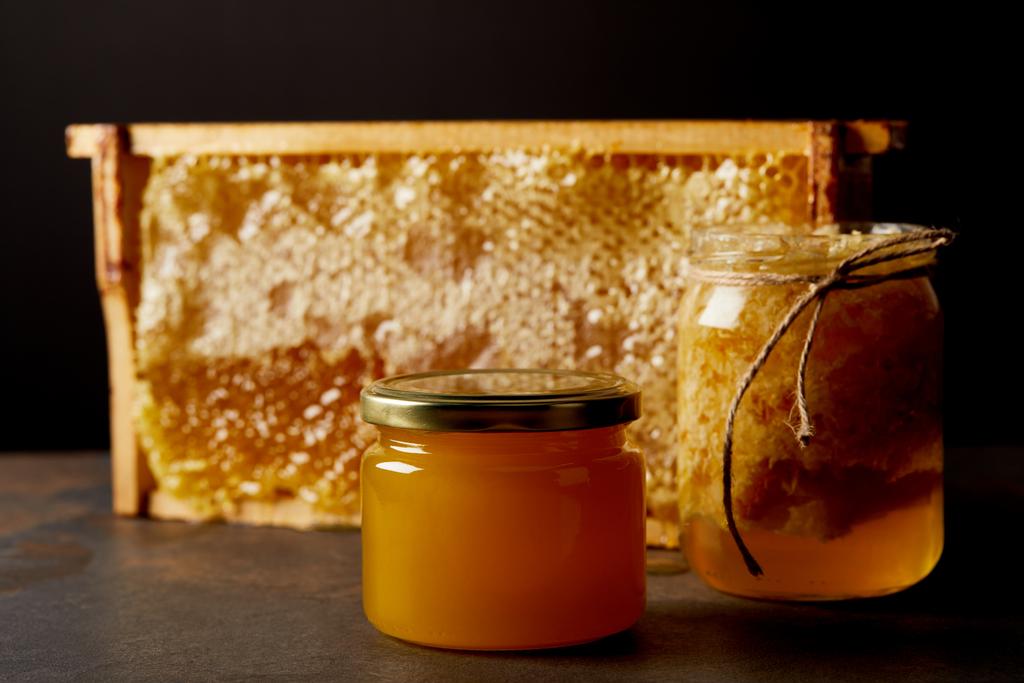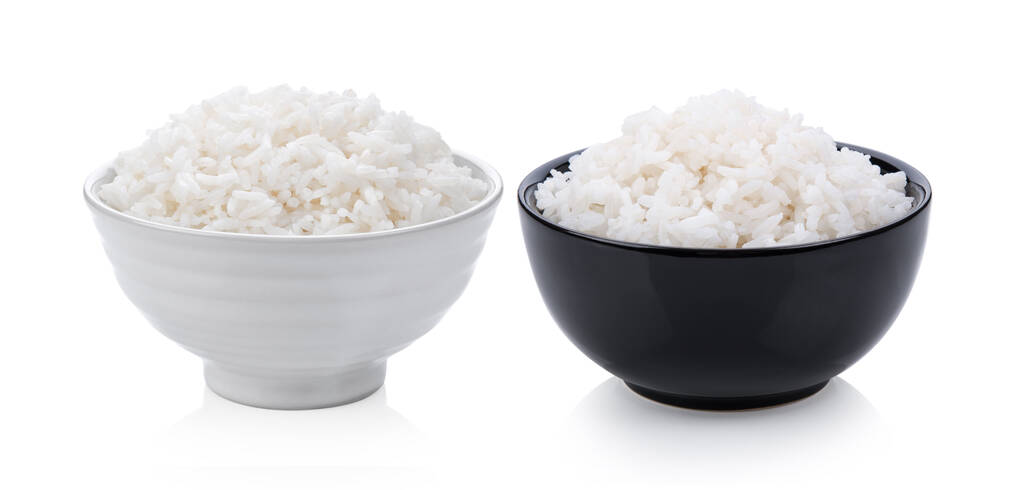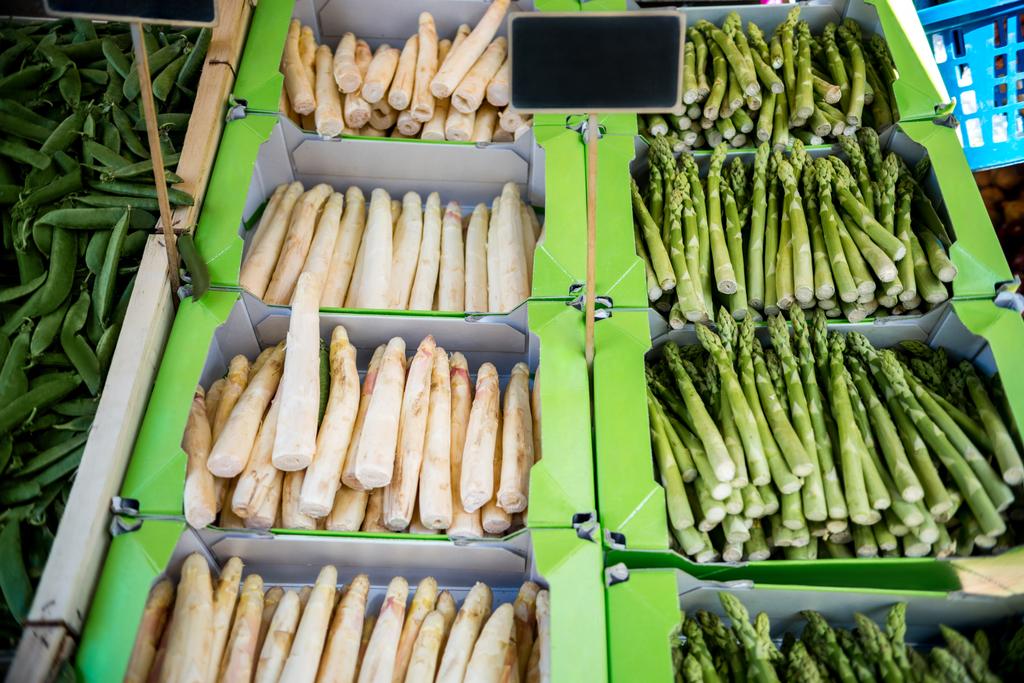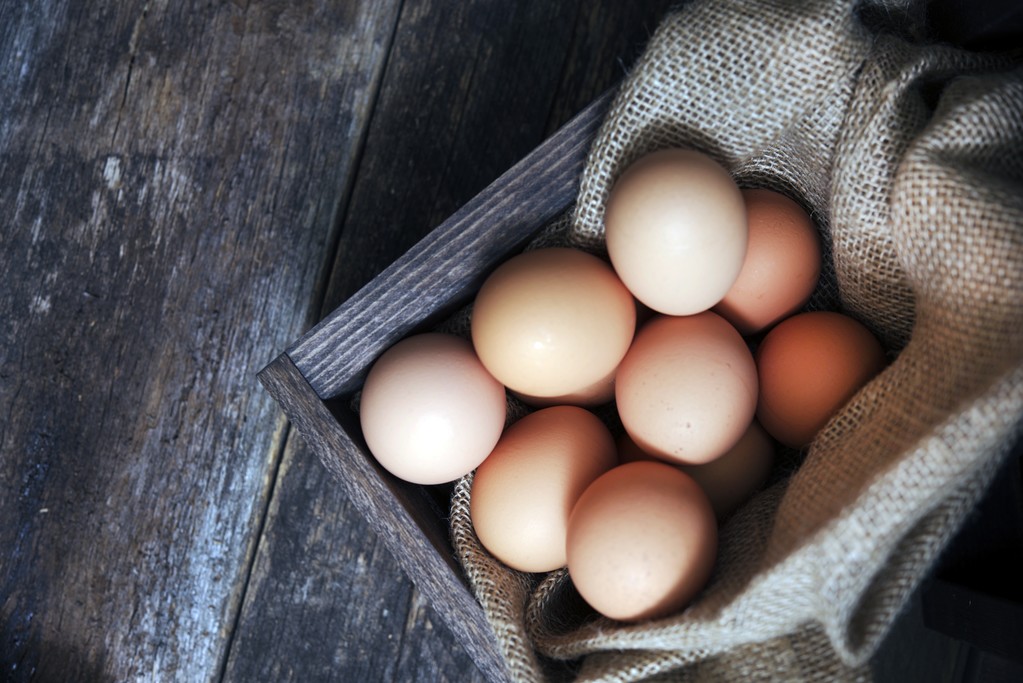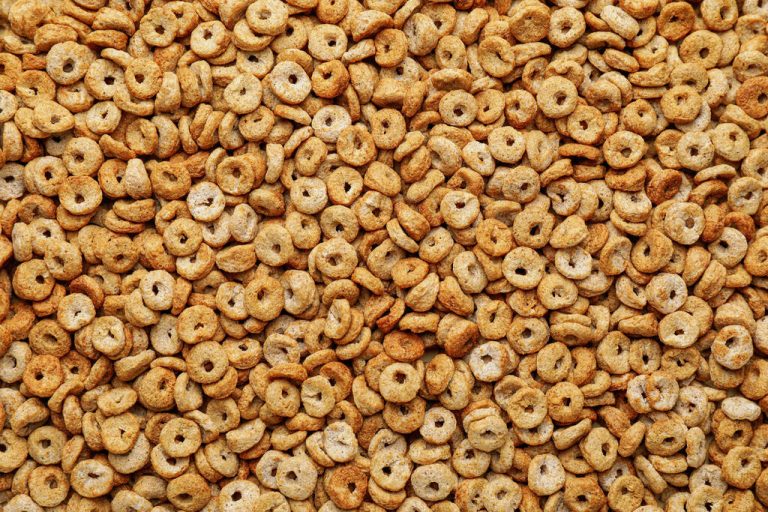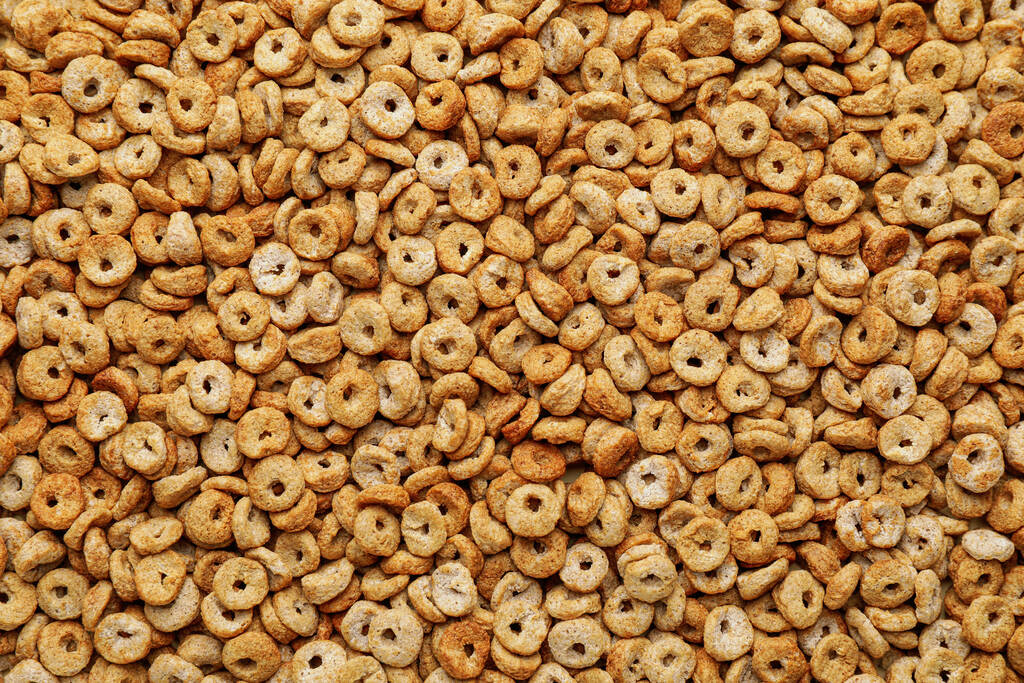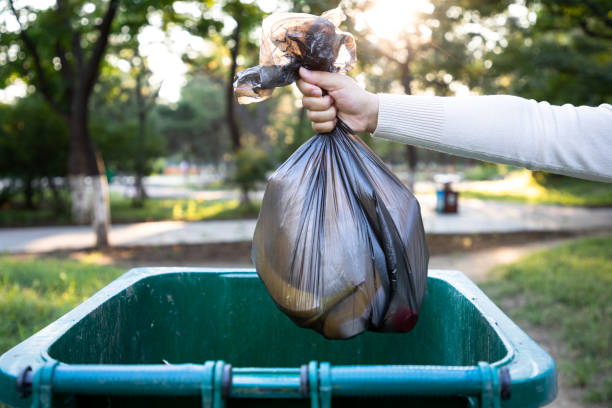Coffee after lunch is simply part of it? You should reconsider this, because the tannins it contains prevent the body from properly absorbing nutrients.

Why should you avoid the cup of coffee after a meal?
Coffee contains tannins – so-called tannins. With digestive enzymes and proteins, they are able to form complexes that make it difficult to absorb vitamins and minerals from plant products. For example, the iron absorption. In this way, the iron is absorbed, but without being utilized by the body. However, iron is essential for the body because it enables it, for example, to form blood.
You should therefore make sure not to drink coffee for at least half an hour after eating. This gives the body enough time to utilize all the vitamins and minerals in the food.
However, these tannins should not be seen exclusively negatively, because some of the tannins are considered anti-cancer, antimicrobial or anti-inflammatory. It is also important that tannin does not affect the absorption of iron from animal products; the inhibition can only be seen in plant products.
This is why iron is so important for the body
Iron is so incredibly important for the body because it forms the basis for the formation of the red blood pigment. Iron also plays a significant role in transporting oxygen in the blood. Iron is indispensable for the formation of blood.
Iron is also essential for the metabolism. There it is a component of enzymes. Iron plays a particularly important role in growing children and adolescents because it is important for brain development. In principle, adolescents, pregnant women and women in general have a very high iron requirement.
consequences of iron deficiency
The consequences of iron deficiency are clear: iron deficiency clearly has a negative effect on physical performance. In addition, the number of red blood cells, in the formation of which iron is involved, decreases. This leads to impaired oxygen transport in the blood. This in turn leads to a feeling of exhaustion. In addition, the body is more susceptible to infections.
Vitamin C increases iron absorption
If you have problems absorbing iron or even suffer from an iron deficiency, you can follow a few tips to make iron absorption easier. It is important that the supporting food contains vitamin C, because this vitamin has been shown to promote the absorption of iron in the body.
A glass of orange juice with food helps with iron absorption.
Also peppers, which you can cut into the salad, for example.
We also recommend stirring sea buckthorn butter* into your muesli.
Lactic acid, which is an organic acid, also supports iron absorption. This is contained, for example, in sauerkraut and in sour fruits.
These foods inhibit iron absorption
In addition to coffee, there are other foods that have a significantly negative effect on iron absorption. These foods no longer impede iron absorption once they are soaked, fermented, or sprouted. This produces the enzyme phytase, which enables absorption. Examples of these foods are:
legumes
Black tea
Grain

Conclusion
It is better to avoid coffee with breakfast or immediately after lunch in the future: the tannins it contains inhibit iron absorption in the body. However, this only applies to iron from plant products, but not to animal products. This is all the more important for vegetarians or vegans. With the help of foods containing vitamin C, there is even the possibility of improving iron absorption.

